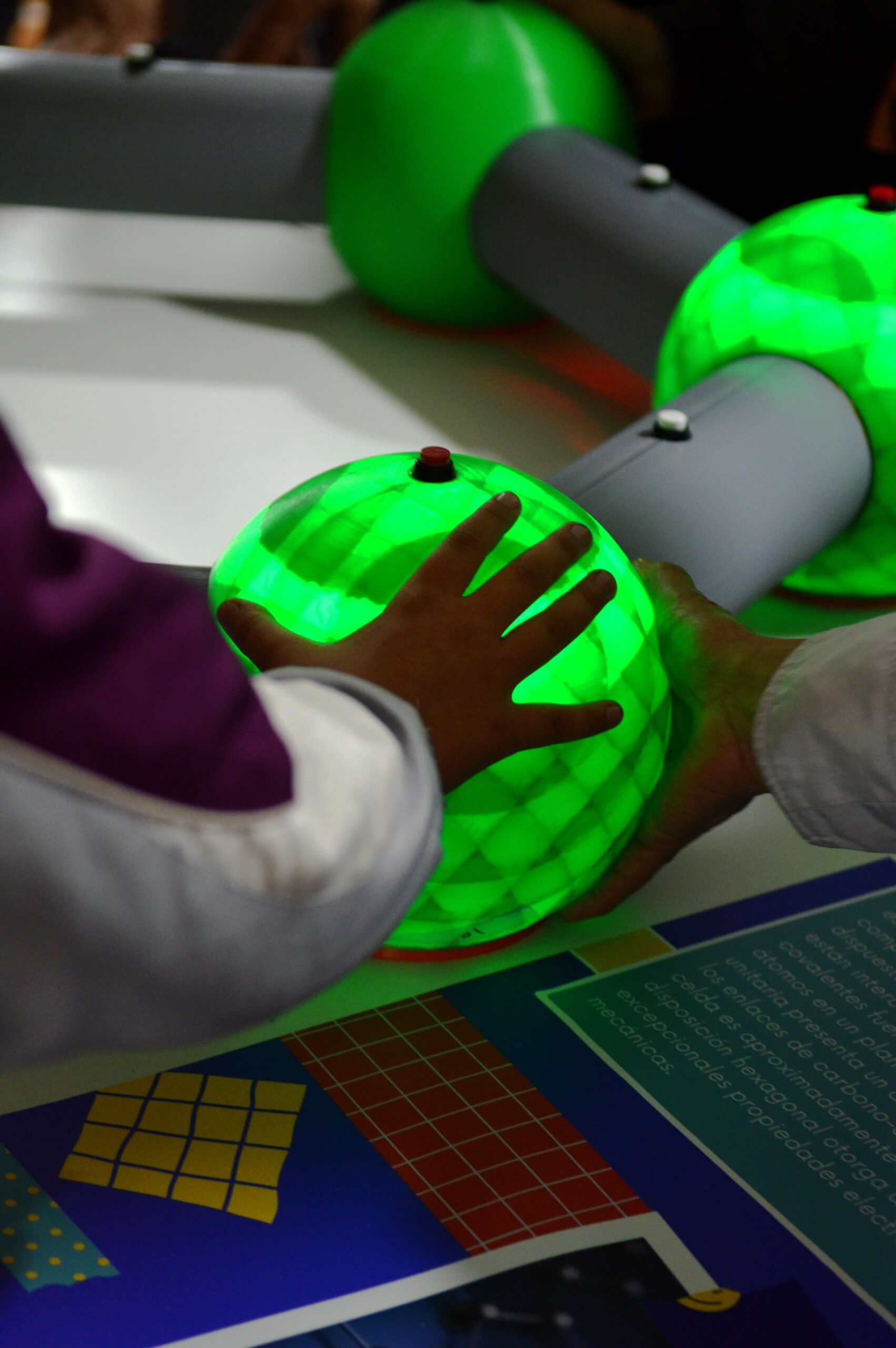El Mostrador
por Agenda País 25 February, 2022

A research project of the new Millennium Nucleus in NanoBioPhysics is led by its director, José Antonio Gárate, who is studying a membrane channel that transports protons. Specifically, he intends to be able to regulate it to find a therapy against cancer.
Cells have a metabolism or functioning that produces protons in their interior, which correspond to small particles of matter with a positive charge that are in the atoms of all the elements.
“In practical terms, by producing them, the medium of the cell acidifies, that is, it becomes more acidic. It is like when you eat and feel acidity, because you have many of these particles and that lowers the pH. Then, the channels where they circulate open and transport them outwards”, explains Gárate.
Tumors are a group of deregulated cells that grow very large and have a very active metabolism, which leads them to produce a large amount of protons. And the tumors have this channel where they pass through and it’s working all the time to be able to release them.
“We are studying the possibility of inhibiting the action of this channel, and we have already seen that, for example, we can reduce the size of tumors for cancer therapy,” says the professional, who has a PhD in Chemical Engineering and is an academic at the University of Valparaiso.
Such a procedure would be quite disruptive, in his opinion, since at present most treatments tend to work by destroying cells.
“That’s why chemotherapies and radiation therapies are so harmful, because they basically try to burn everything and thus destroy the tumor,” he says. In this novel work, a more specific area of action is analyzed, taking advantage of the fact that this channel is highly expressed in tumors and related cells. “We are looking at how to design drugs and trying to better understand the mechanism of this transport pathway,” says Gárate.
Regarding deadlines for having a treatment, the national scientist says that they will soon have more related publications.
“We have understood and regulated this proton channel and already have quite a bit of evidence that it is a therapeutic target for cancer treatment. For example, we have shown with evidence that it can affect tumor growth in mice,” he says.
Looking for a treatment
The final idea of proton research is to have a model drug that, after the pertinent pre- and clinical studies, will make it possible to combat certain types of cancer, something not too far off for the expert, since they already have the most important thing, the therapeutic target. Also, with the target or objective, which is the channel.
“Then we should test certain known molecules or drugs to see if these channels are inhibited and study the use of nanoparticles as a drug delivery route since we know that, by inhibiting the function of the membrane channel, tumor growth is inhibited,” says Gárate.
Once the results are available, the final molecule should be developed and that is where everything gets complicated or slowed down, since there are patent and other processes, such as a future approval by the Food and Drugs Administration (FDA), etc. “You also have to convince investors to take you there and finance the generation of the drug, because the development process is very expensive and requires many steps that go beyond the capabilities of this group of researchers,” he says.
Protons are subatomic particles and this implies that studies, mixing quantum chemistry with biology, physics, etc., must be carried out. In addition, simulation techniques are required to understand the processes, so “we had to bring this group together in what we call nanophysics,” says Gárate.
He explains that with his team they can simulate these particles on the computer, using large servers, which correspond to supercomputers, that allow them to see them atomistically.
The expert comments that with this technology they have been able to see each molecule and know which ones move with certain interventions. However, it is not easy, he says. “Getting to manipulate matter at this level is a very complex thing, but you can still do it,” he says. Furthermore, he adds that after these studies are done, they should always be contrasted with experiments to confirm theories, analyses, etc.
Academic partnership
The new Millennium Nucleus in NanoBioPhysics is composed of a transversal group of scientists from three universities, with the participation of Santa María (USM), Tecnológica Metropolitana (UTEM) and Valparaíso (UV). It is also supported by the Centro Interdisciplinario De Neurociencia de Valparaíso (CINV).
Gárate and his team are pursuing a responsible development of nanotechnology that requires understanding nano-bio interactions at a fundamental level.
Therefore, the group combines materials science, molecular simulation and biophysics, with an emphasis on statistical mechanics, quantitative experiments and simulation.
The rest of the researchers of the Nucleus are Valeria del Campo (USM), Natalia Hassan (UTEM), Carlos González and Eduardo Berríos (UV).
In addition to the principal scientists, there are two post-docs and six graduate students from the PhD programs in Biophysics and Computational Biology from UV, and Chemistry from UV and USM. The agency explains that the







